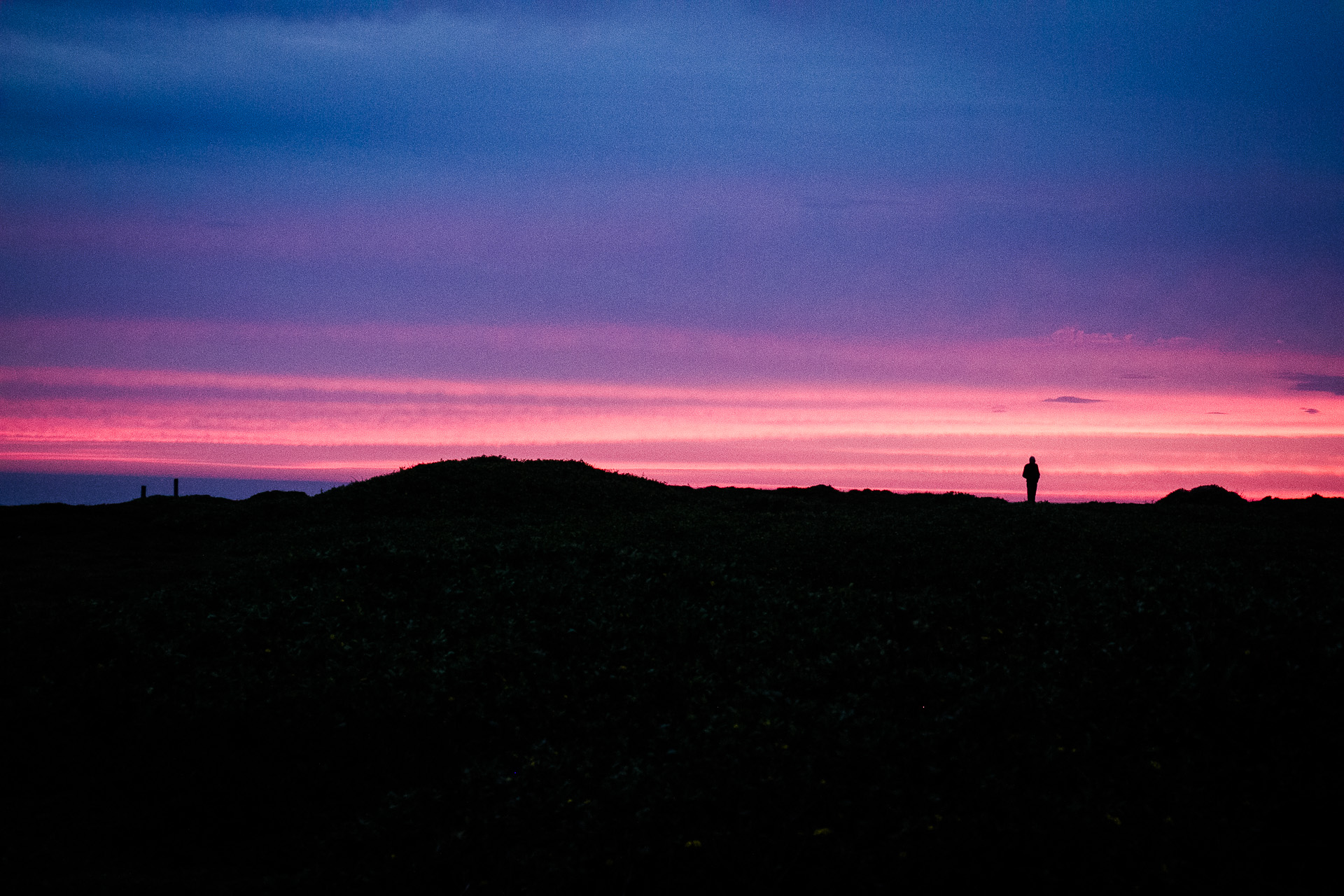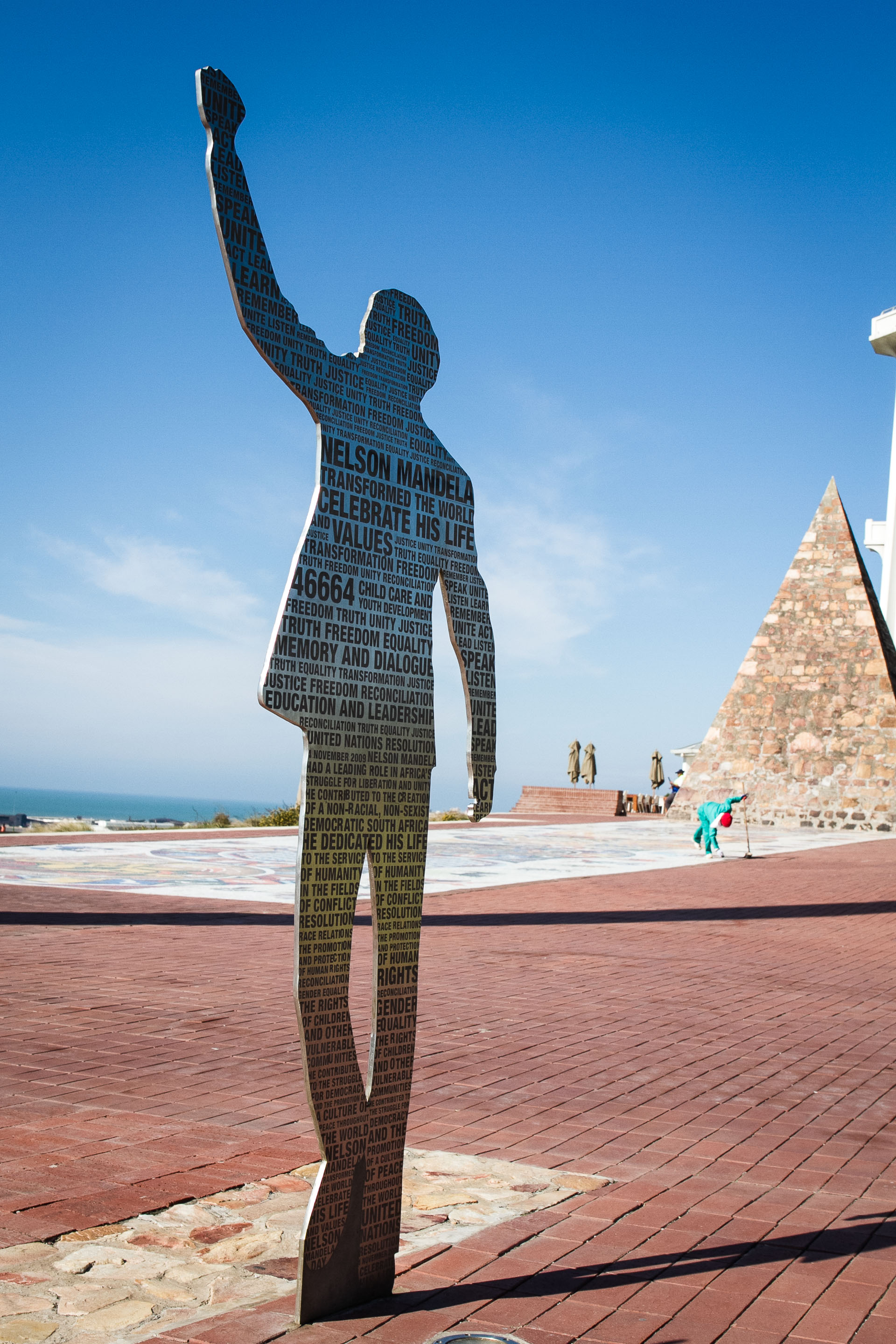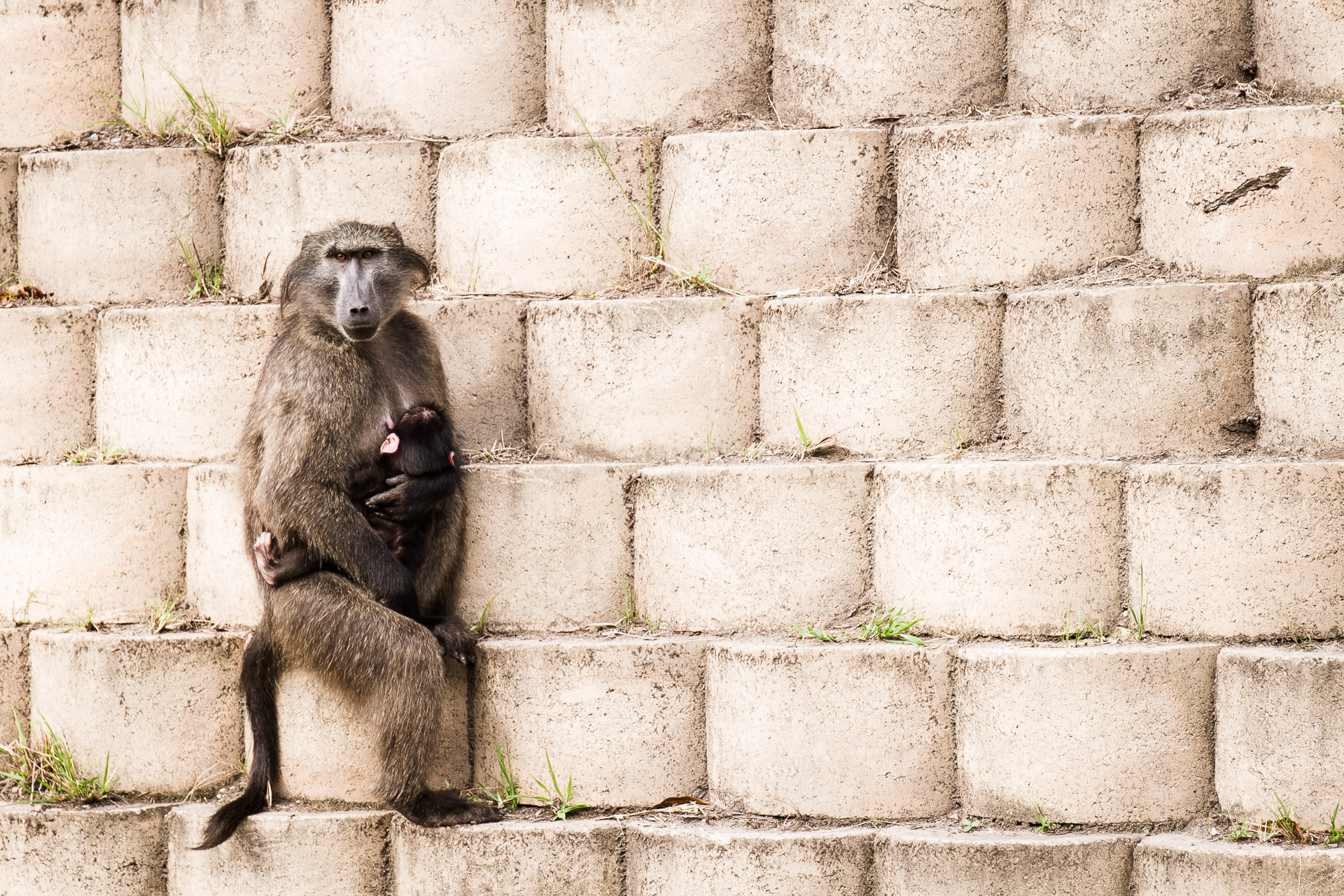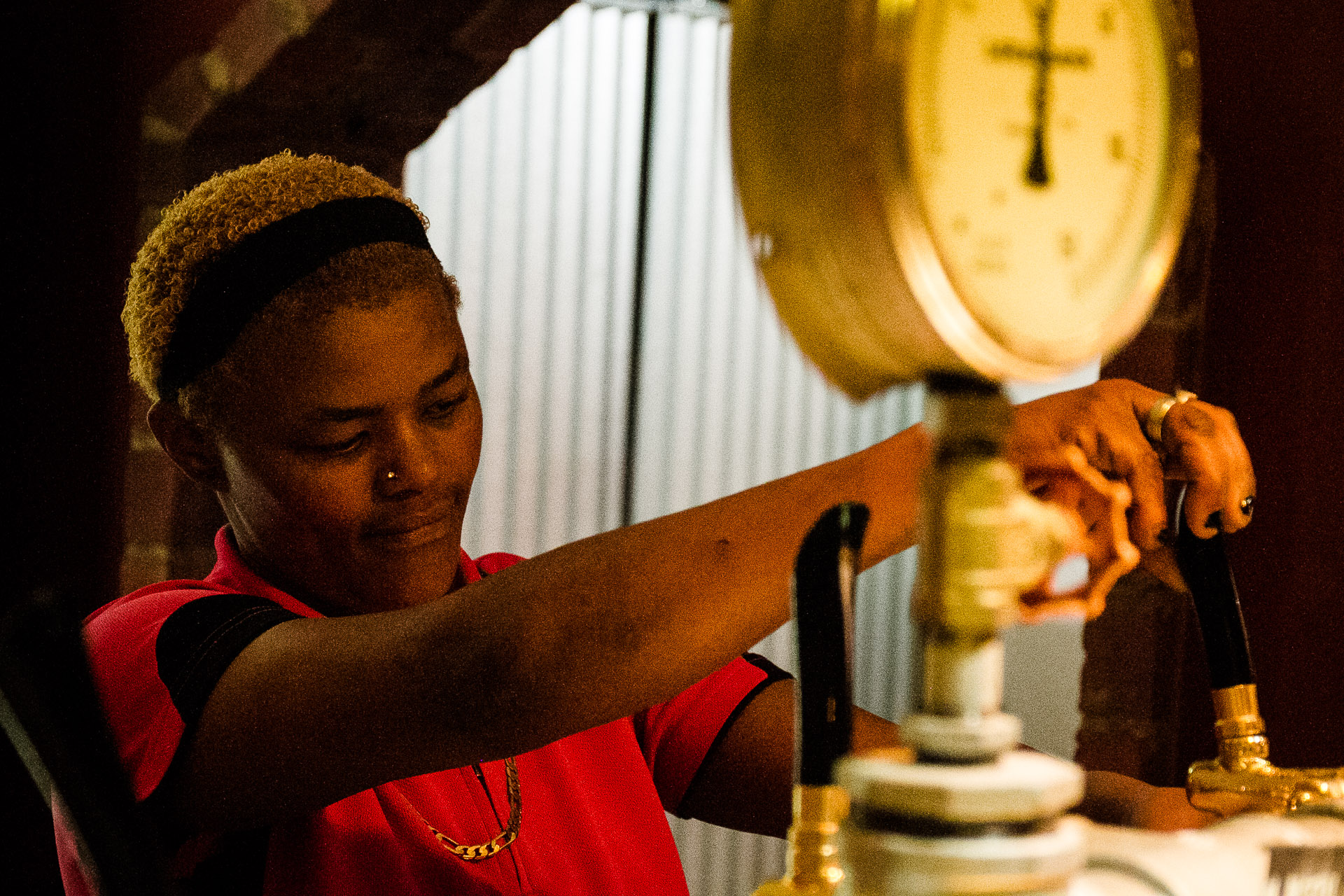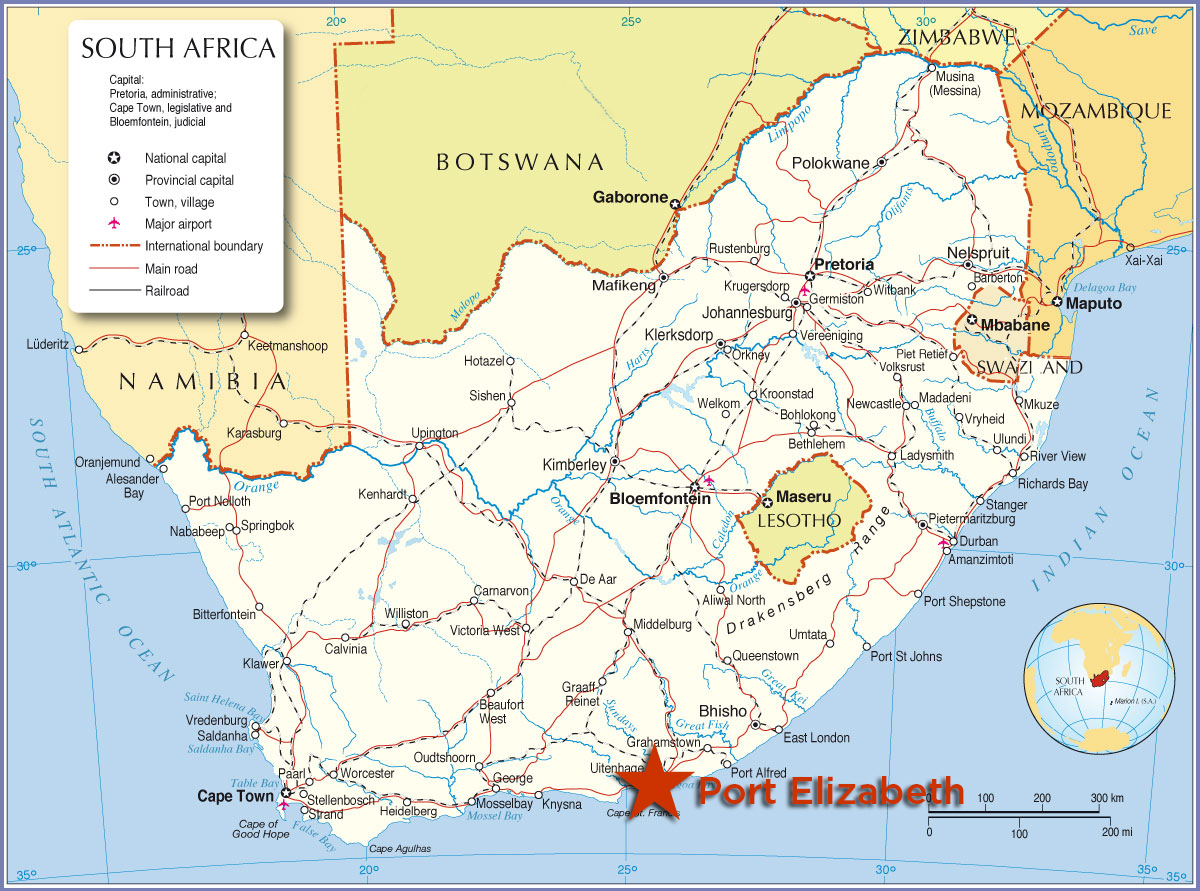Sitting out the back of a surf break is normally a uniquely relaxing place to be. Those few minutes between the hard work of paddling out and the excitement of your next wave give you a chance to catch your breath, chat to your buddies, or just sit and enjoy the feeling of being out in the ocean.
Right now however, I’m not feeling very relaxed. About 20 metres to my left I’ve just caught a glimpse of a sleek, grey dorsal fin breaking the surface of the water. I suddenly become very aware of my legs dangling either side of my board, and how vulnerable I am. I’m alone out here – the rest of my group is having a lesson in the white water – and the shore looks a long way away.
“I’ve just caught a glimpse of a sleek, grey dorsal fin breaking the surface of the water.”
My shark paranoia isn’t totally unfounded either. We’re in St Francis Bay, South Africa. We’re a short distance from the legendary surf spot Bruce’s Beauties, made famous by the classic 60s film Endless Summer, and I’m stoked to be surfing here. But I’m also conscious this is a notoriously sharky stretch of coast. Just round the corner is Jeffrey’s Bay, where Mick Fanning fought off a great white on live TV just last year.


